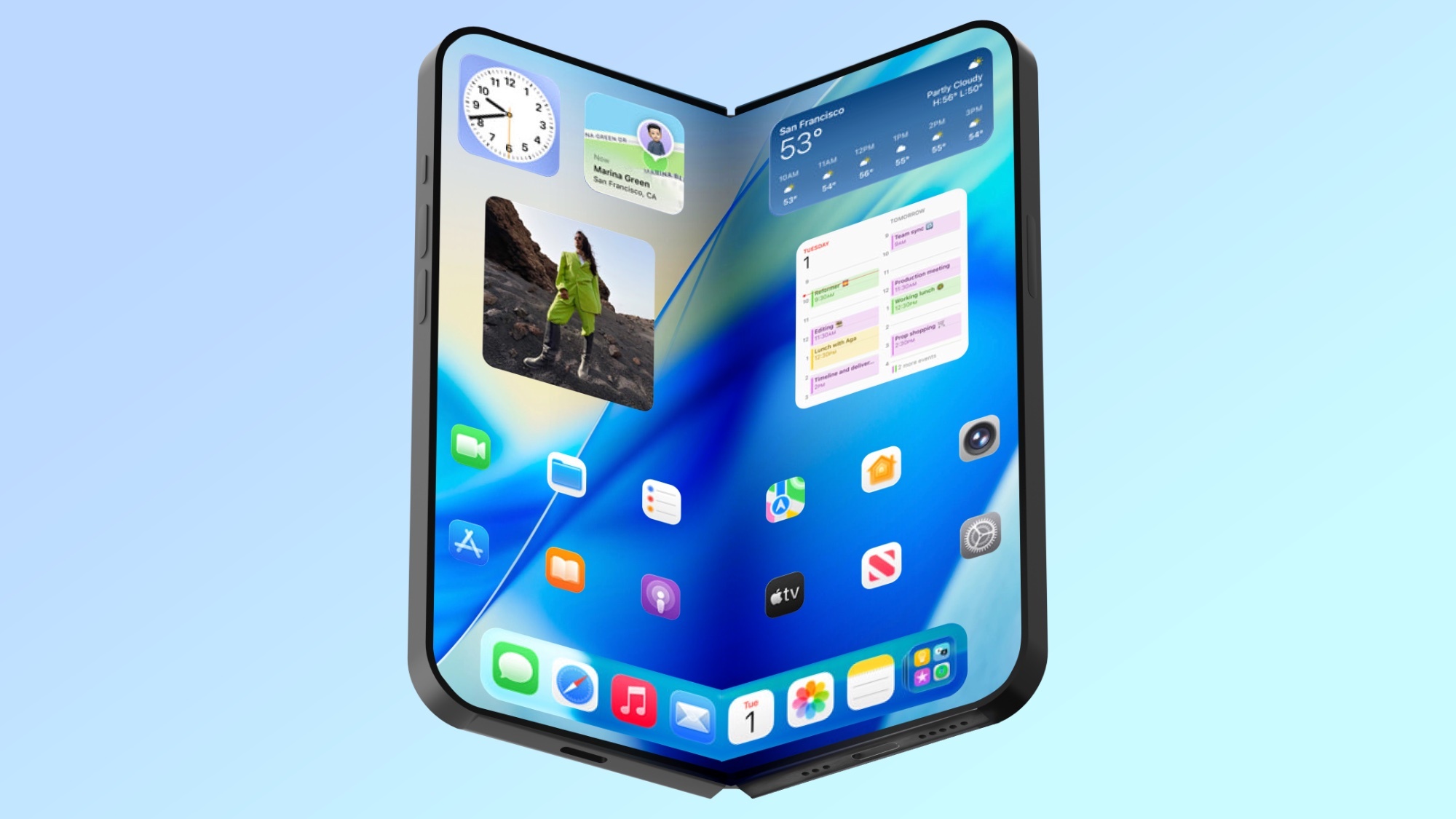Meta just revealed a new XR display prototype — and it may be the biggest leap in smart glasses yet
Smart glasses just got their iPhone moment
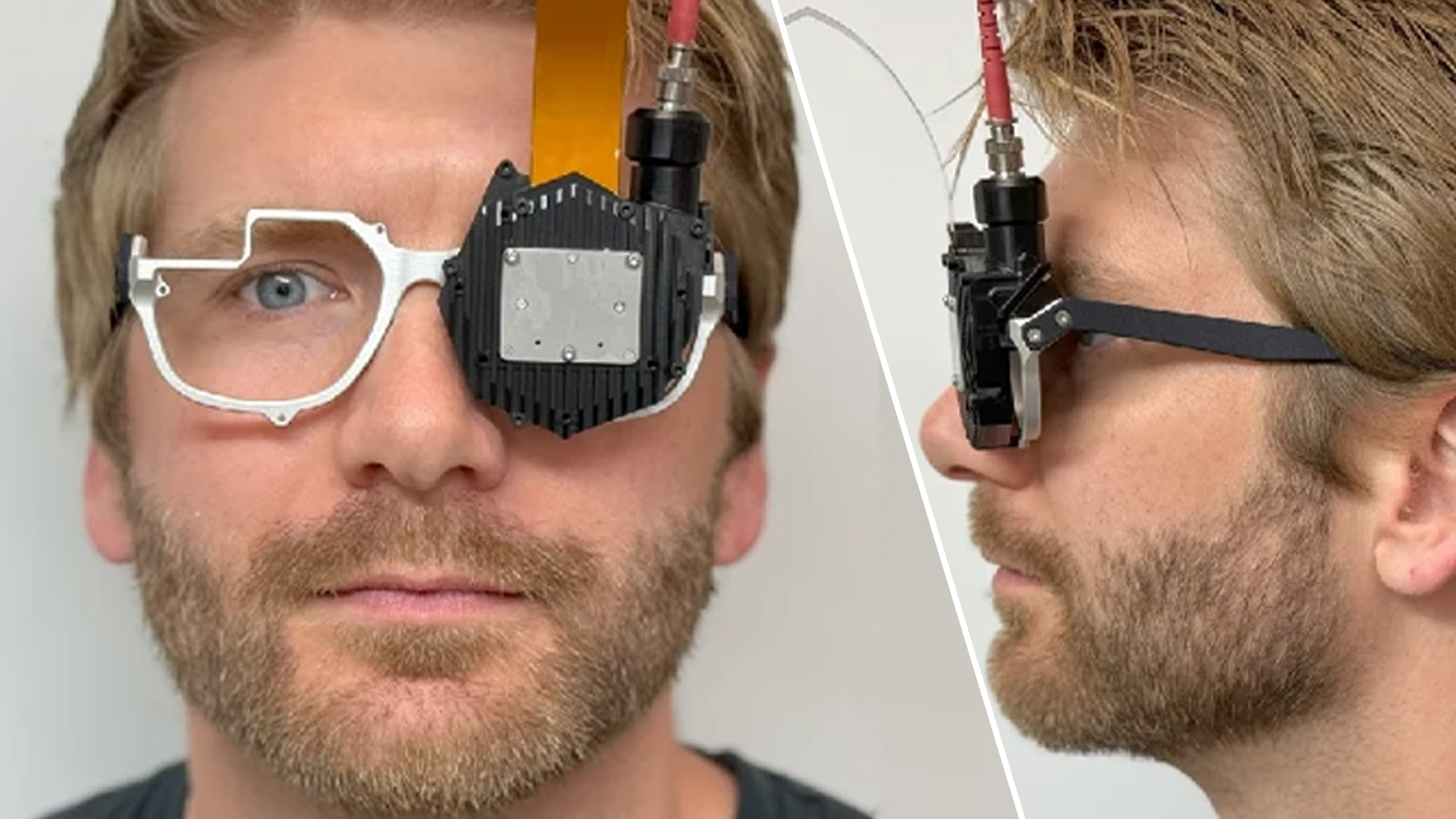
Smart glasses are evolving at a rapid pace — incredible display tech coming to AR specs and AI breakthroughs making the likes of the Oakley Meta HSTN's incredibly intelligent. But we all know the end goal is a pair of glasses that brings these two worlds together.
And researchers at Meta Reality Labs and Stanford University may have just given us the clearest glimpse yet of this future.
Yes, I know the researcher pictured above kind of looks like a Cyberpunk pirate, but that eyepatch is a prototype holographic XR display — creating full 3D holograms on a screen thin enough to be used in a standard-sized pair of glasses.
This is the holy grail that companies have been chasing down, and Meta just took one giant step closer to it.
How does it work?
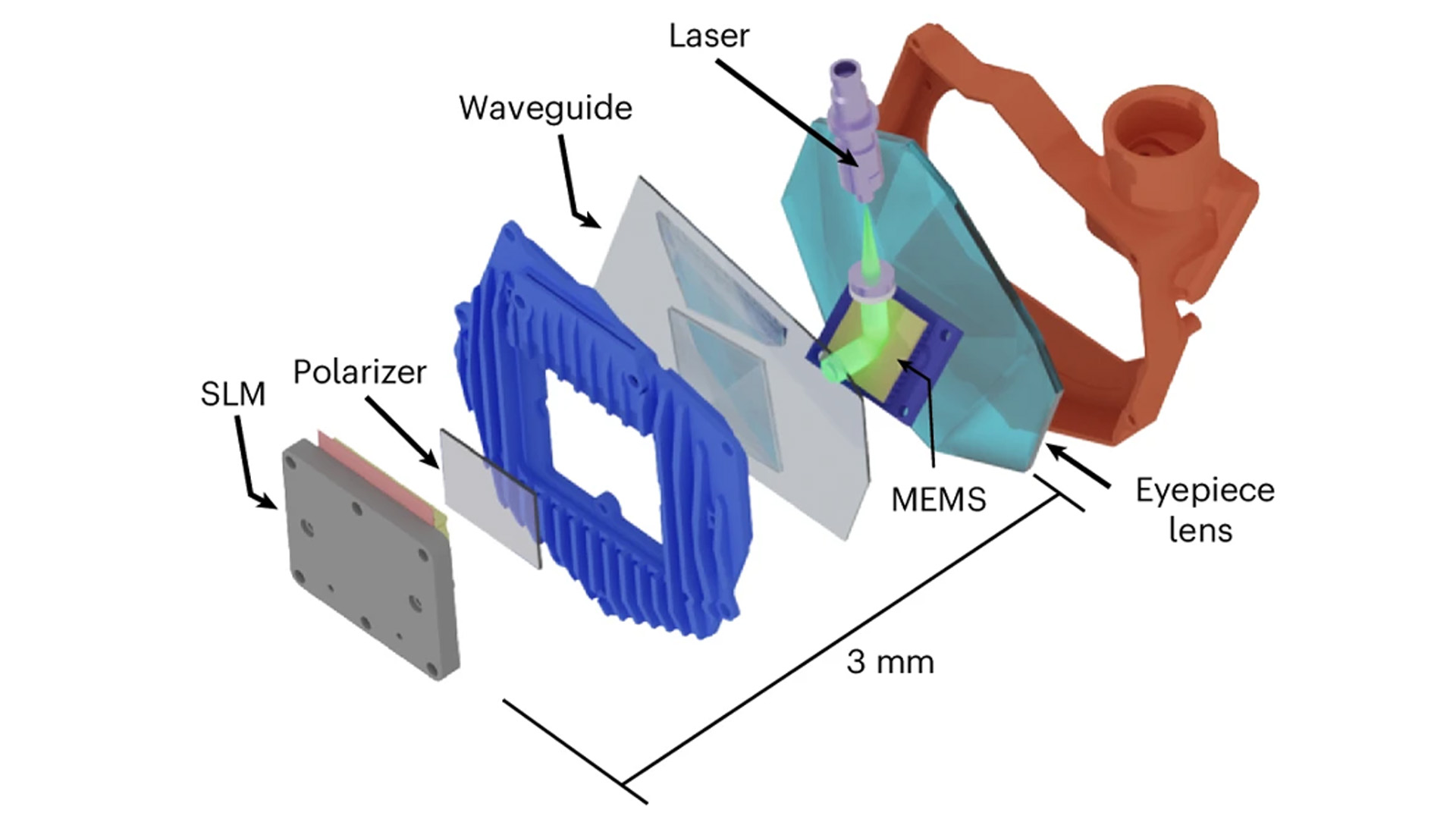
So let’s get into the details of this mixed reality tech. Basically, it’s a combination of custom glass and silicon along with AI-driven algorithms to render “perceptually realistic 3D images,” as the researchers say in their paper.
To make this happen, there’s a custom ultra-thin waveguide display driving the visuals — using a laser to project onto a uniquely-textured part of the lens glass for picture clarity.
After this, it goes through a polarizer so we can see it, and a custom-designed Spatial Light Modulator that will (you guessed it) modulate light — the special thing being that it will do so on an individual pixel-by-pixel basis to render a “full-resolution holographic” image we can see.
Get instant access to breaking news, the hottest reviews, great deals and helpful tips.
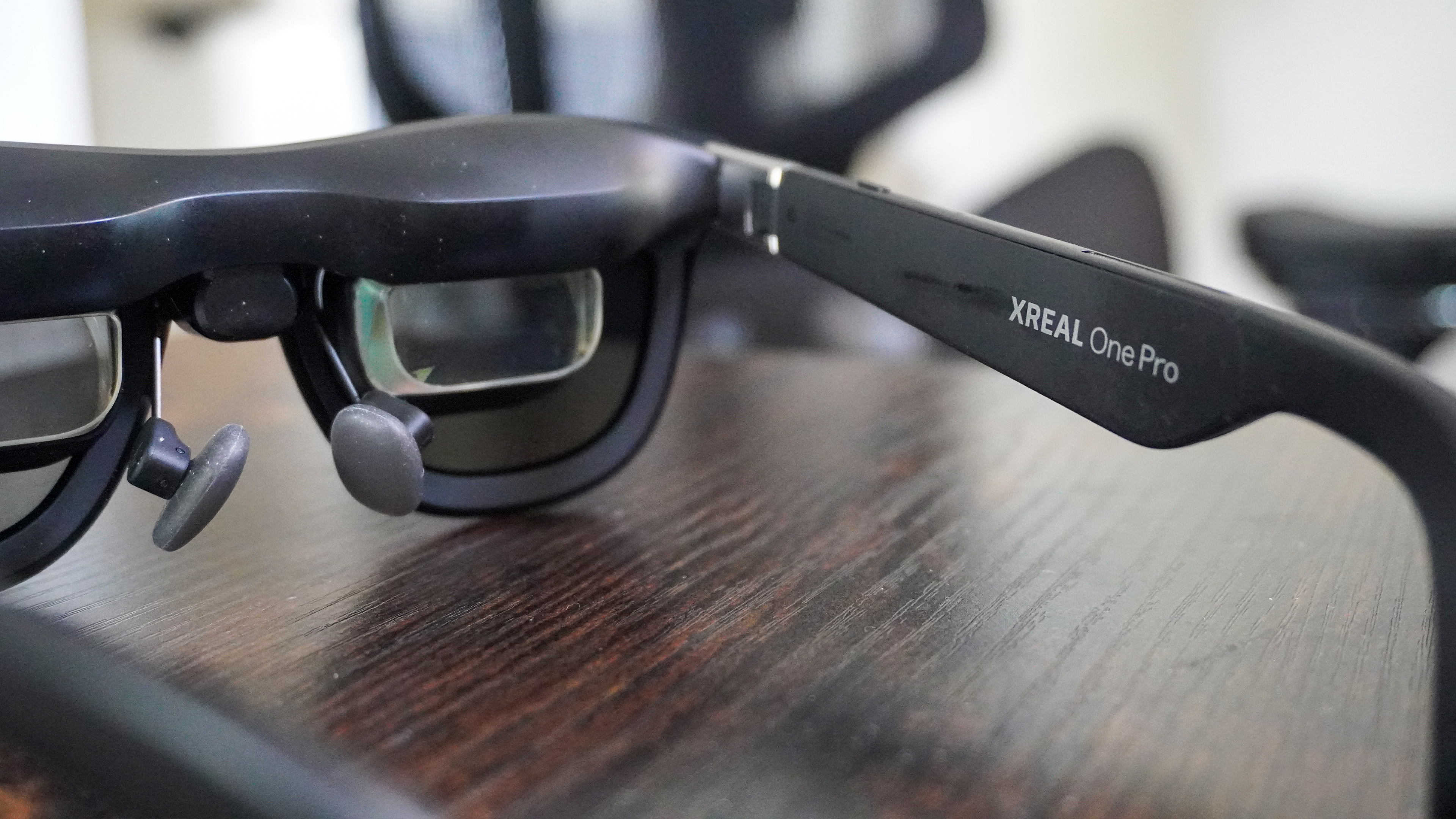
That’s right. Holograms. Unlike your standard VR headsets and AR glasses that use eye-confusion techniques to simulate depth, this system can produce true holograms by reconstructing them entirely through light.
There's both a wide field of view and a large eyebox to accommodate all possible pupil positions for accessibility.
“The world has never seen a display like this with a large field of view, a large eyebox, and such image quality in a holographic display,” Gordon Wetzstein, Stanford electrical engineering professor told the Stanford Report.
“It’s the best 3D display created so far and a great step forward – but there are lots of open challenges yet to solve.”
And even better? All of this is crammed into a panel just 3mm thin! That is significant for the future progress of stuffing displays into glasses without needing bird bath optics.
The future is in our sights
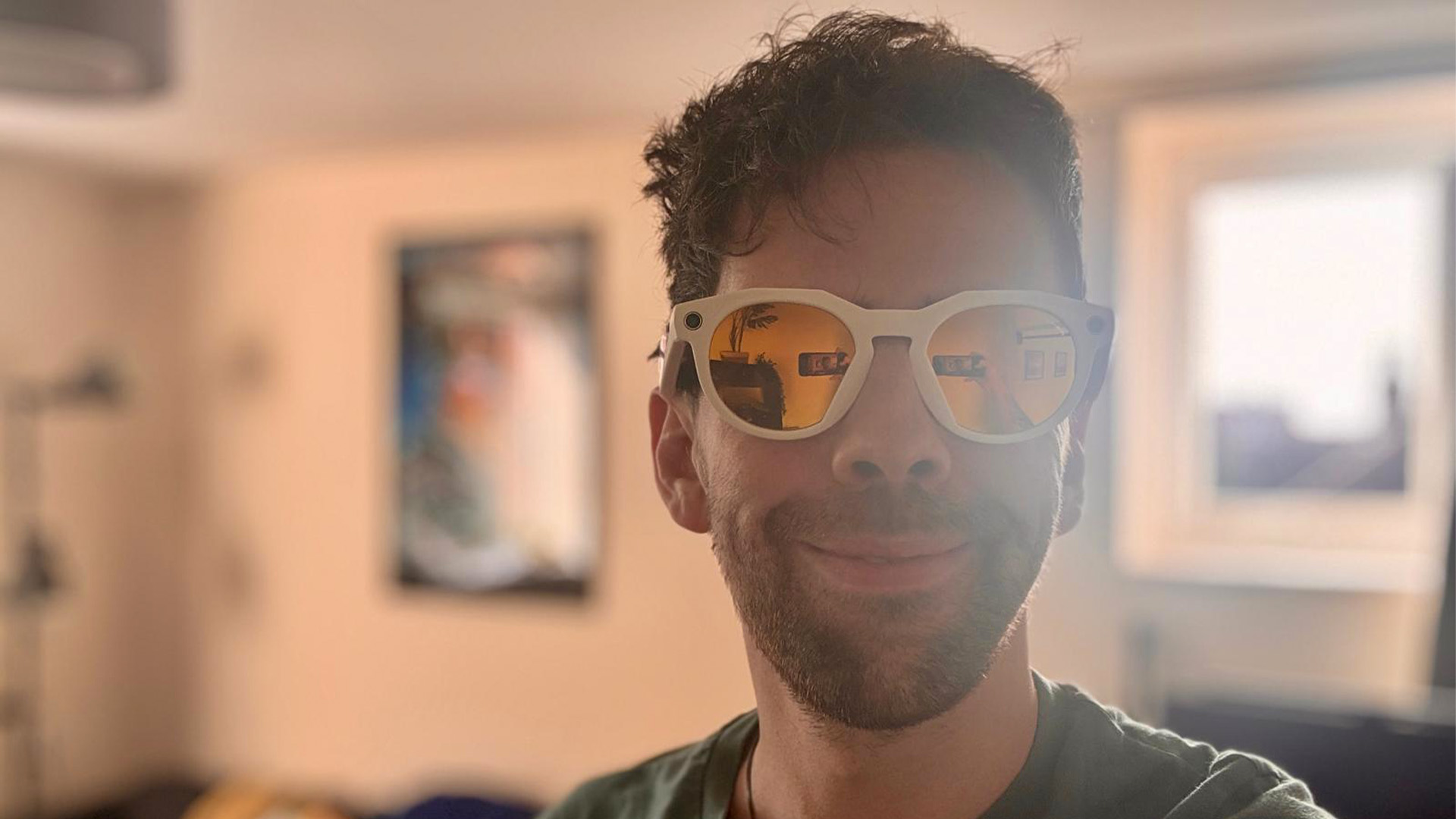
One challenge to note, though, is this is mixed reality and not augmented. The wording is critical here, as the mixed reality reference means the optics are not transparent.
But that being said, with this being the second of three projects to bring this to life in a commercial project, there’s no doubt that what we’re looking at here is a breakthrough. Don’t expect this tech to come to glasses you can buy for another few years, but if this mixed reality display can become augmented, that’s the dream I’ve been having over the past four years of testing and writing about smart glasses!
My apologies to the phones team, but the clock has just started ticking on a new frontier of personal devices.
Follow Tom's Guide on Google News to get our up-to-date news, how-tos, and reviews in your feeds. Make sure to click the Follow button.
More from Tom's Guide
- TikTok owner reportedly building its own XR glasses — rivaling Meta
- I tested the Viture Beast glasses — should you wait for these AR glasses launching in October?
- I saw the future of AR glasses with a 70-degree field of view — but it’s going to take time to get there

Jason brings a decade of tech and gaming journalism experience to his role as a Managing Editor of Computing at Tom's Guide. He has previously written for Laptop Mag, Tom's Hardware, Kotaku, Stuff and BBC Science Focus. In his spare time, you'll find Jason looking for good dogs to pet or thinking about eating pizza if he isn't already.
You must confirm your public display name before commenting
Please logout and then login again, you will then be prompted to enter your display name.
